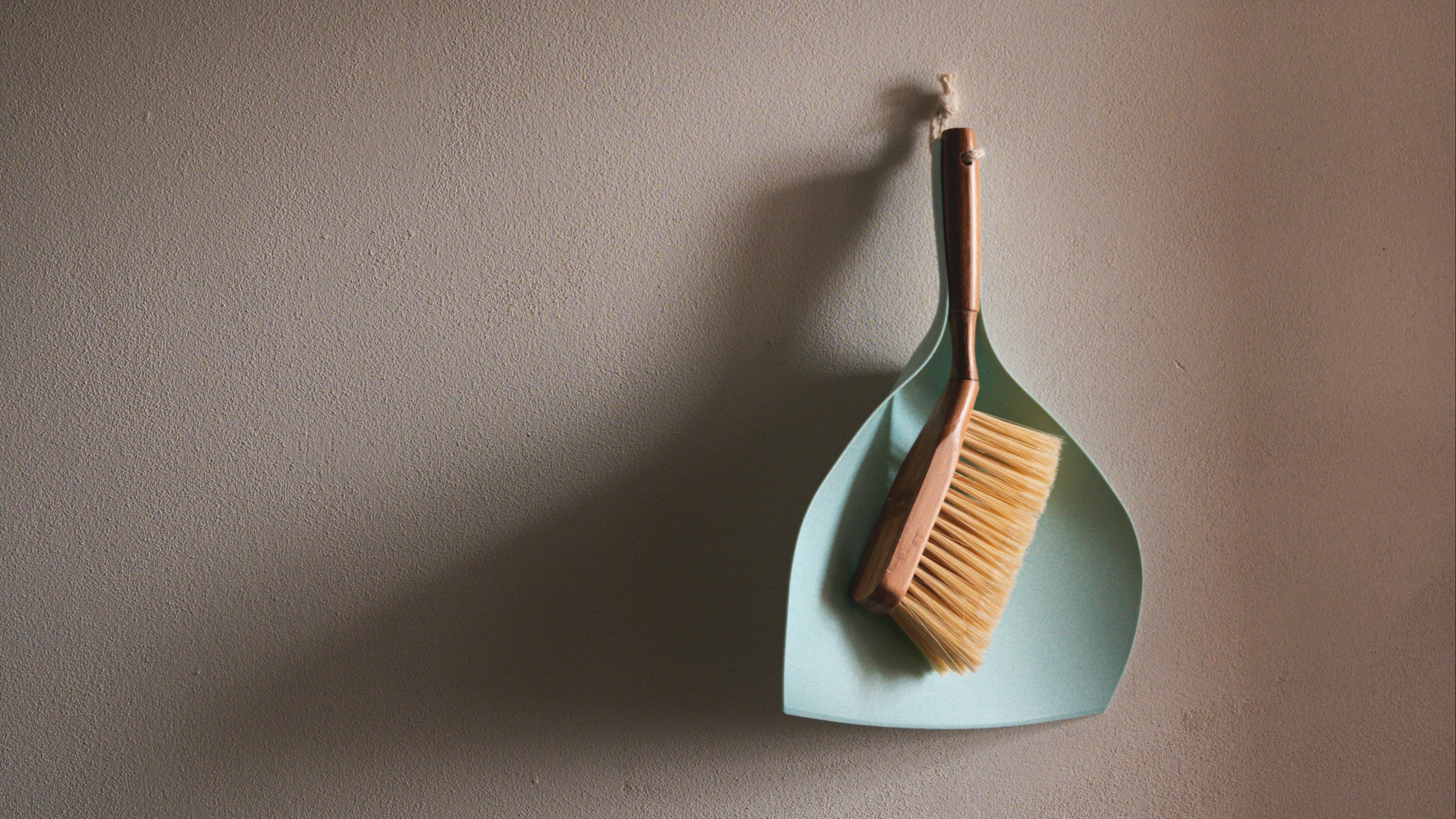It’s no secret that leaks are a reality when managing incontinence. If you or a loved one lives with incontinence, it’s a good idea to consider products that can provide comfort and confidence discreetly. Disposable and reusable underpads can be wonderful ways to address these needs.
In this post, you’ll learn more about the products that can serve as incontinence furniture covers for maximum protection. You’ll also better understand how these products work, how to use them properly, and what to do when they need to be replaced.
Remember that incontinence isn’t something to be embarrassed about. It’s a natural part of life for millions. If you care for someone with incontinence, your help as a caregiver can help them continue to feel in control and comfortable.
What You’ll Need
As you learn how to protect furniture from incontinence leaks, some of the most helpful products include:
Disposable underpads: Place these on surfaces where you or your loved one sits or sleeps. They absorb moisture and prevent liquid from damaging the surface of underlying furniture. When you are through with them, you can discard them in the trash.
Reusable underpads: You can use these products in the same way as disposable pads. The added benefit of reusable products is the ability to save money by using the pads again and again after washing. These pads also come in different colors and patterns to add a touch of flare to the living area.
Waterproof mattress protectors: Designed for beds, these large incontinence furniture pads cover a wide surface area in case of incontinence leaks while your loved one sleeps. Incontinence bedding products can keep your loved one comfortable while they rest.
Steps to Protect Furniture When Managing Incontinence
Step 1: Identify furniture you or your loved one uses most
Start by walking through the living spaces where you or your loved one spends most of the time. Bring your phone, a notebook, or a clipboard, and jot down things you observe. Note the answers to questions such as:
Which chairs are used most often?
Where are my/their favorite couches?
How many rooms have furniture my loved one uses?
What are the dimensions of the furniture I’m covering (including any beds)?
This information will help you shop for underpads that are the best fit for your loved one’s home environment.
Step 2: Shop for products that offer comfort and protection
Once you understand the surfaces you want to cover, you’ll know the information needed to buy the right incontinence furniture covers for the best protection. This could include:
Incontinence covers for chairs
Incontinence furniture pads
Incontinence bedding products
You can visit the Carewell underpad catalog to choose from dozens of options available to you as a caregiver. You’ll want to make some basic decisions in advance including:
Do I want disposable underpads or reusable ones? Disposable underpads are helpful for caregivers who want to save time and avoid extra washing. They can be purchased in bulk, used on surfaces as needed, and quickly discarded when dirty. They are discreet and easy to use. Reusable underpads can be washed and reused repeatedly, saving you money over the long term, even if it’s a bit more work. They can leak if folded, so handling is key to limiting drippage.
How many underpads do I need, and over what period of time? Your review of available surfaces will help you decide how many underpads to get. Some families like to purchase these on an as-needed basis. Others like to have backups ready, particularly in the case of disposable underpads.
How can I maximize my loved one’s comfort and maintain a pleasant home environment? Check out the materials, colors, and reviews on various underpad products. Notice which underpads consistently get high marks for comfort, minimize odors, and look nice on furniture. Everyone’s preferences are different, so be sure to select the products that best fit your surroundings.
Step 3: Place pads and covers where needed
Once your order of underpads has arrived, pull them out of their packaging and place them on furniture surfaces. As you put what you’ve learned to work, you’ll discover how to protect furniture from incontinence leaks.
Start with the furniture you or your loved one uses most frequently. Check the underpad to ensure it is fully unfolded to cover the most surface area possible on each piece of furniture. You can try tugging at the corners to ensure you’ve adequately extended it. This is especially important for furniture where your loved one might spend several hours at a time, such as a recliner or a bed.
Next, move to furniture that is used less often. You can place pads here or keep some stored in a cabinet or drawer nearby for special occasions. This might include seating in places that are used infrequently, such as a dining room or sewing room. If your loved one has incontinence, show them where you have placed these pads and encourage them to embrace using them.
Step 4: Check pads regularly and replace or clean as needed
Use a wall calendar or an app on your phone to remind you to check pads often and replace them (or wash them) as needed. Replacement frequency will depend on personal preference and whether dealing with light or heavy incontinence.
If you or your loved one spends most or all of their time at home, it’s a good idea to check between four and six times daily and change pads each time or, if they are dry, as needed. On the other hand, if you’re dealing with light incontinence and you or your loved one frequently spends time outside the home, you can likely reduce the number of check-ins per day.
When using reusable pads, be sure to have enough dry and clean pads on hand so that you can wash those that are dirty. This will help you avoid unexpected accidents on furniture that can result when too many pads are being washed at the same time.
Step 5: Adjust pads as needed
Remember that learning how to protect furniture from incontinence leaks is a process. You’ll find better ways to keep you or your loved one comfortable and protect furniture as time goes on. There’s not a single right answer or approach.
Checking in with yourself or your loved one to evaluate how your underpads or mattress covers are working. Are underpads providing them with greater peace of mind and less time being wet? Feeling confident and dignified? Are there small changes you could make to make daily living more pleasant?
Hear it From a Caregiver
“I bought four pads, and want more! The size is great, and the wash and use benefit is definitely convenient and money-saving.”
Need More Information?
If you have a question about selecting the right underpads or mattress covers, give us a call at 800-696-2273.


